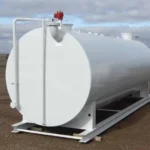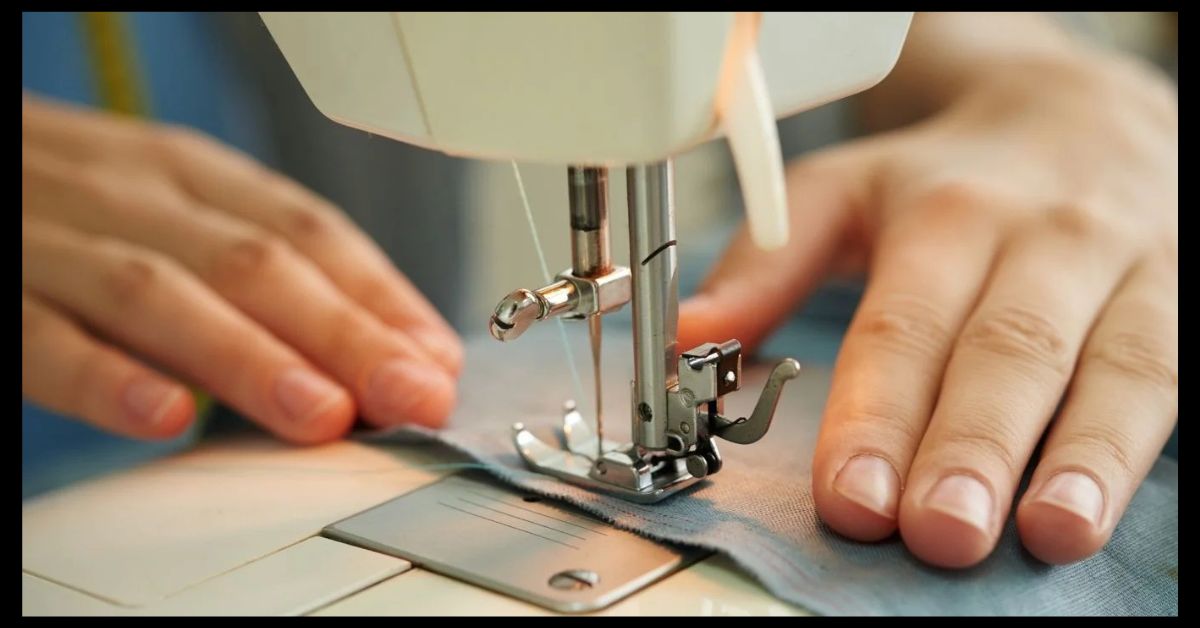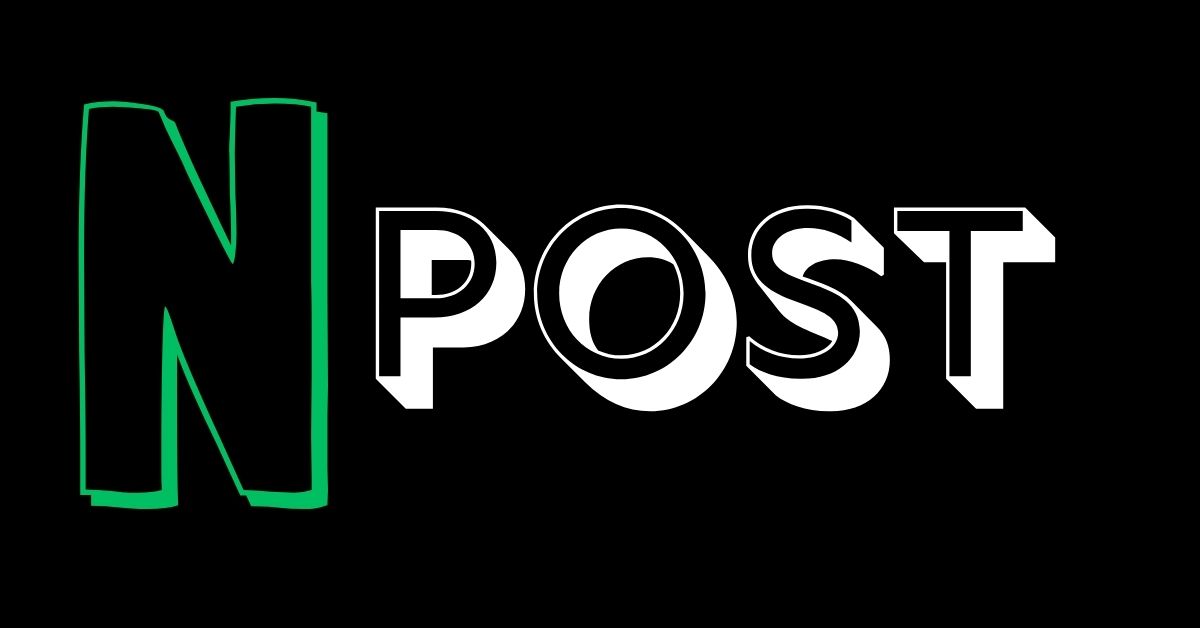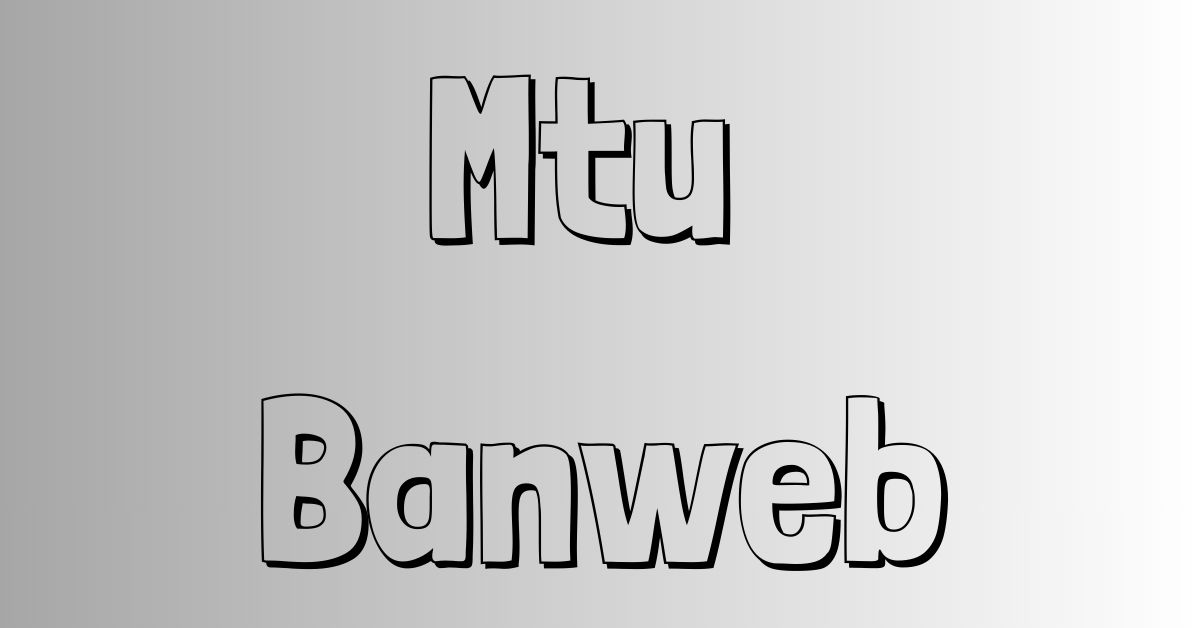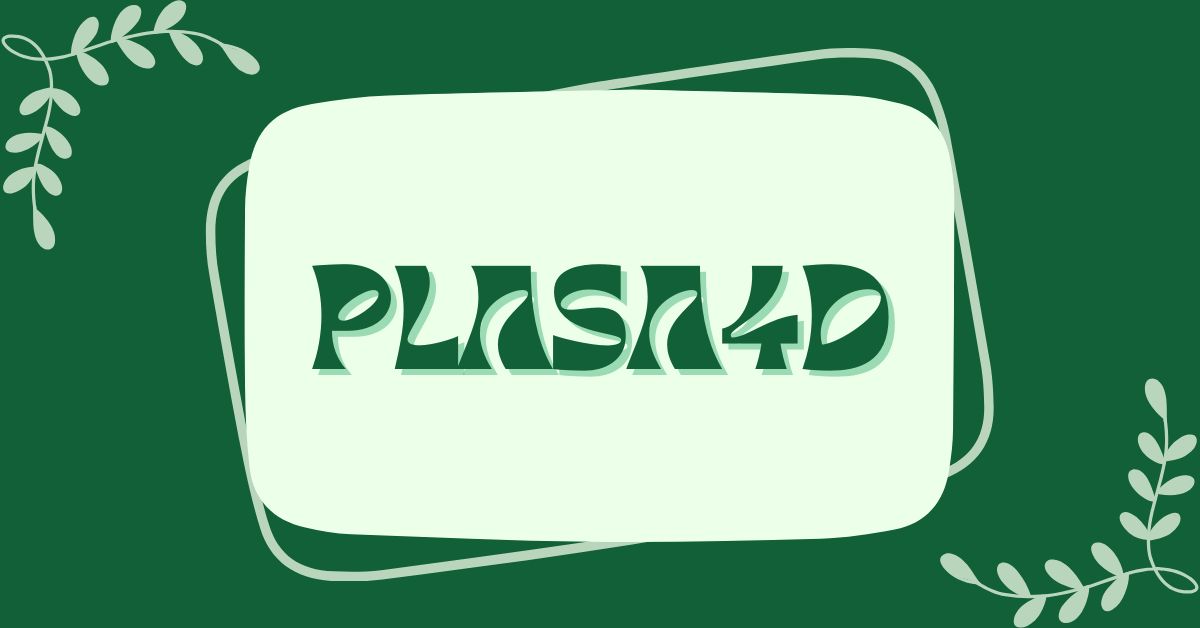In sewing, seams—known as nahttypen in German—are more than just the joining of two fabrics. They define the strength, flexibility, and overall look of a garment or textile product. Whether you’re a beginner learning how to sew or an experienced tailor looking to refine your techniques, understanding seam types is essential for producing quality work. Each seam serves a specific function and suits particular fabrics, ensuring both durability and design integrity.
The Importance of Seam Types
Seams play a vital role in determining how a piece of clothing will behave and endure over time. The right seam type ensures that a garment remains comfortable, strong, and aesthetically appealing. Using an incorrect seam may lead to puckering, fraying, or even tearing. Therefore, knowing which seam to use for which material and project can make all the difference between a professional-looking result and a flawed one.
Plain Seam
The plain seam is the most common type used in sewing and is often the foundation of many sewing projects. It involves placing two pieces of fabric with their right sides together and stitching along the edge. Once sewn, the seam allowance is usually pressed open or to one side. This seam type is ideal for light- to medium-weight fabrics and is widely used in garments like blouses, skirts, and dresses.
French Seam Nahttypen
The French seam Nahttypen is a neat and enclosed seam often used in fine or delicate fabrics such as silk, chiffon, or organza. It hides raw edges completely, preventing fraying and creating a clean inside finish. This type of seam involves sewing the fabric wrong sides together first, trimming the seam allowance, and then sewing again with right sides together to encase the first stitching. It’s perfect for garments where the inside should look as polished as the outside.
Flat-Felled Seam
The flat-felled seam is highly durable and often seen in denim jeans, shirts, and sportswear. It involves folding one raw edge under and sewing it down, fully enclosing the other raw edge. This seam lies flat on both sides, making it exceptionally strong and resistant to fraying. It’s especially suitable for heavy or high-stress areas of garments like side seams or armholes.
Bound Seam
A bound seam adds a decorative and protective finish by covering raw edges with bias tape or binding. This seam is not only visually appealing but also prevents fraying in fabrics prone to unraveling. It’s often used in unlined jackets, seams that are visible on the inside, or projects like quilts and bags where aesthetics matter.
Lapped Seam
The lapped seam involves overlapping two pieces of fabric and stitching them together. It’s commonly found in leatherwork, upholstery, and non-fraying fabrics. This seam offers extra strength and is often used where a flat finish is desired. Because of its visible stitching lines, it can also add a decorative touch to designs.
Slot Seam
A slot seam is used when you want a small, even gap between two pieces of fabric, often for decorative purposes. It involves placing a piece of fabric underneath the joined edges and topstitching on both sides of the opening. The result is a clean and intentional slit that adds style and ventilation to garments like skirts or dresses.
Welt Seam
A welt seam looks similar to a flat-felled seam but is slightly less bulky. It adds reinforcement while maintaining a smooth appearance. This seam type is great for thick fabrics such as wool or denim, and it provides a subtle, professional look in coats, trousers, and tailored garments.
Mock Flat-Felled Seam
If you love the look of a flat-felled seam but want an easier option, the mock flat-felled seam is perfect. It’s created by sewing a plain seam, pressing it to one side, trimming the under layer, and topstitching through all layers. It’s faster to make yet still provides a durable and decorative finish.
Overlocked Seam
An overlocked seam, often made with a serger, simultaneously trims and sews the fabric edge while enclosing it with thread. This seam is ideal for knit fabrics because it allows stretch while preventing fraying. It’s commonly used in T-shirts, leggings, and sportswear. Overlocked seams make garments comfortable and flexible.
Edge-Finished Seam
Edge-finished seams involve stitching along raw edges to prevent fraying before assembling the garment. This seam type is perfect for lightweight or loosely woven fabrics that unravel easily. It’s a preparatory technique that adds durability without changing the garment’s structure.
Double-Stitched Seam
A double-stitched seam includes two parallel rows of stitching for added strength and security. It’s often used in high-stress areas like jeans, bags, or workwear. The extra stitching not only reinforces the seam but also adds a professional touch to the design.
Pinked Seam
A pinked seam uses pinking shears to create a zigzag edge on the fabric, which helps minimize fraying. It’s simple, quick, and ideal for lightweight fabrics. While it’s not as durable as enclosed seams, it’s often used in casual sewing projects or areas not exposed to heavy wear.
Taped Seam
A taped seam involves applying a strip of fabric or tape over a seam for waterproofing or reinforcement. It’s commonly found in outdoor gear, raincoats, and tents. The tape prevents water from seeping through stitching holes, ensuring the seam remains sealed and strong.
Decorative Seam
Decorative seams are intentionally visible and enhance the overall design of a garment. These seams might use contrasting thread, fancy stitching, or special techniques to create texture and visual appeal. They’re used in fashion design to make garments unique and eye-catching.
Choosing the Right Seam Type
Selecting the correct seam depends on your fabric, project type, and desired finish. For lightweight fabrics, French seams work beautifully. For durable items like jeans, flat-felled or double-stitched seams are better. For knitwear, overlocked seams offer flexibility. The goal is to match function with style while ensuring comfort and longevity.
Seam Finishing Techniques
Finishing techniques determine how your seams hold up after multiple washes. Pressing seams properly, trimming allowances neatly, and using matching thread all contribute to a high-quality finish. Additionally, topstitching can reinforce seams and give them a decorative flair.
Conclusion
Understanding the different nahttypen (types of seams) is crucial for any sewing enthusiast. Each seam brings its own strengths and aesthetic benefits. Mastering them allows you to create garments that are not only functional but also beautifully constructed. Whether you’re sewing everyday wear or intricate fashion pieces, the right seam can transform your work from ordinary to exceptional.
FAQs
- What is the strongest type of seam?
The flat-felled seam is considered one of the strongest due to its double stitching and enclosed edges. - Which seam is best for delicate fabrics?
A French seam works best for delicate fabrics like silk or chiffon, as it hides raw edges and prevents fraying. - Can I sew overlocked seams without a serger?
Yes, you can mimic an overlocked seam using a zigzag stitch on a regular sewing machine. - How do I prevent seams from puckering?
Use the correct tension, needle size, and stitch length for your fabric type, and always press seams after sewing. - Are decorative seams Nahttypen functional or just aesthetic?
They can be both—decorative seams Nahttypen often reinforce the garment while adding a stylish touch.


